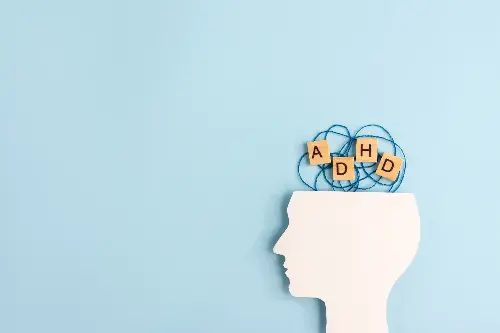Attention Deficit Hyperactivity Disorder, commonly known as ADHD, is not merely a condition; it carries nuances and complexities that touch the lives of millions across the globe. Rooted in neuroscience, ADHD is characterized by a pattern of behaviour that can include difficulty maintaining attention, hyperactivity, and impulsiveness that are not aligned with the expected developmental level of an individual. This article delves into the comprehensive understanding of ADHD and elucidates the most prevalent symptoms that may surface in routine life.

ADHD is frequently misunderstood and misrepresented. It is not just a disorder of childhood – adults can bear the weight of ADHD's presence too. It is a neurodevelopmental disorder, with key symptoms often appearing before the age of 12. It's imperative to highlight that ADHD's manifestations can vary remarkably from person to person, making it a uniquely individual experience.
One of the most observable facets of ADHD is inattention. This can manifest as difficulties in focusing on tasks at hand, overlooking details, or seeming not to listen when spoken to directly. This doesn't merely imply an occasional drift of concentration but rather a consistent pattern that impairs functioning in social, academic, or occupational activities. People with ADHD might struggle with organizational skills, frequently losing personal items or missing deadlines and appointments.
Hyperactivity is another core symptom, easily visible in some individuals with ADHD. This can appear as excessive fidgeting, tapping, or an incessant need to move when it's not appropriate. For children, this may mean running or climbing in situations where it’s not permitted or safe. In adults, this restlessness may translate into the inability to sit still for extended periods; they might get up frequently during meetings or struggle to relax while reading or watching television.
Impulsivity is also characteristic of the disorder and can be one of the earliest indicators. Those with ADHD may make hasty decisions without considering the long-term consequences, leading to problems in various aspects of life. Interrupting conversations, impatience in waiting for their turn, or blurting out answers before questions have been completed are some typical examples. This impulsiveness can also extend to more substantial life decisions, leading to difficulties in personal relationships and financial management.

It is not to say that every act of forgetfulness, fidgeting or impulsive action is diagnostic of ADHD. However, when these behaviours are consistent, pervasive, and significantly impacting the ability to function effectively, attention from a healthcare professional may be needed.
Additionally, ADHD does not come without its share of related issues. It is not uncommon for anxiety, depression, sleep disturbances, and learning disabilities to walk hand-in-hand with ADHD. In fact, recognizing these comorbid conditions is essential to the comprehensive management and treatment of ADHD.
The management strategies for ADHD are manifold. Behavioural therapies, educational interventions, and medication are commonly employed to mitigate the symptoms. Cognitive-behavioural therapy has proven particularly useful in helping adults with ADHD develop coping skills to navigate their daily lives.
Beyond treatment, it is fundamental to acknowledge the importance of understanding and support from family, friends, and educators. This extends to creating environments that cater to an individual's needs, such as structured routines, clear expectations, and encouragement of a healthy lifestyle – involving adequate sleep, regular physical exercise, and balanced nutrition.

An enlightening aspect of ADHD is that it is not without its silver linings. Many individuals with ADHD exhibit exceptional creativity, the ability to think outside the box, and an unparalleled zest for tasks that ignite their passion. When their environment is structured to their strengths, individuals with ADHD often excel in artistic endeavours, entrepreneurship, and dynamic fields that require quick thinking and adaptability.
In conclusion, understanding ADHD is far more complex than deciphering a list of symptoms. It involves recognising the varying shades of its presentation, the unique challenges faced by each individual, and the societal support necessary to foster environments where those with ADHD can thrive. As we navigate through life's tapestry, being mindful of the threads of ADHD's existence serves not just as an act of awareness but of compassion too. As newfound knowledge leads to better support and acceptance, we inch closer to a world where ADHD is seen not as a hindrance, but as a unique trait that adds to the human mosaic of diversity.
